Good People of vitruta: Huo Rf
The new member of Good People of vitruta is Huo Rf! We first met Huo Rf during a meeting organized by border_less. Our paths crossed again at various exhibitions and events, and Huo Rf also joined the Good People of vitruta gatherings in Giritli and Simone, which means they were already a part of this community! On a very warm August day, we finally met up with Huo Rf in Tophane as planned, wandered through the streets, and later retreated to our air-conditioned office, where we had a delightful conversation. We hope you enjoy it as much as we did!

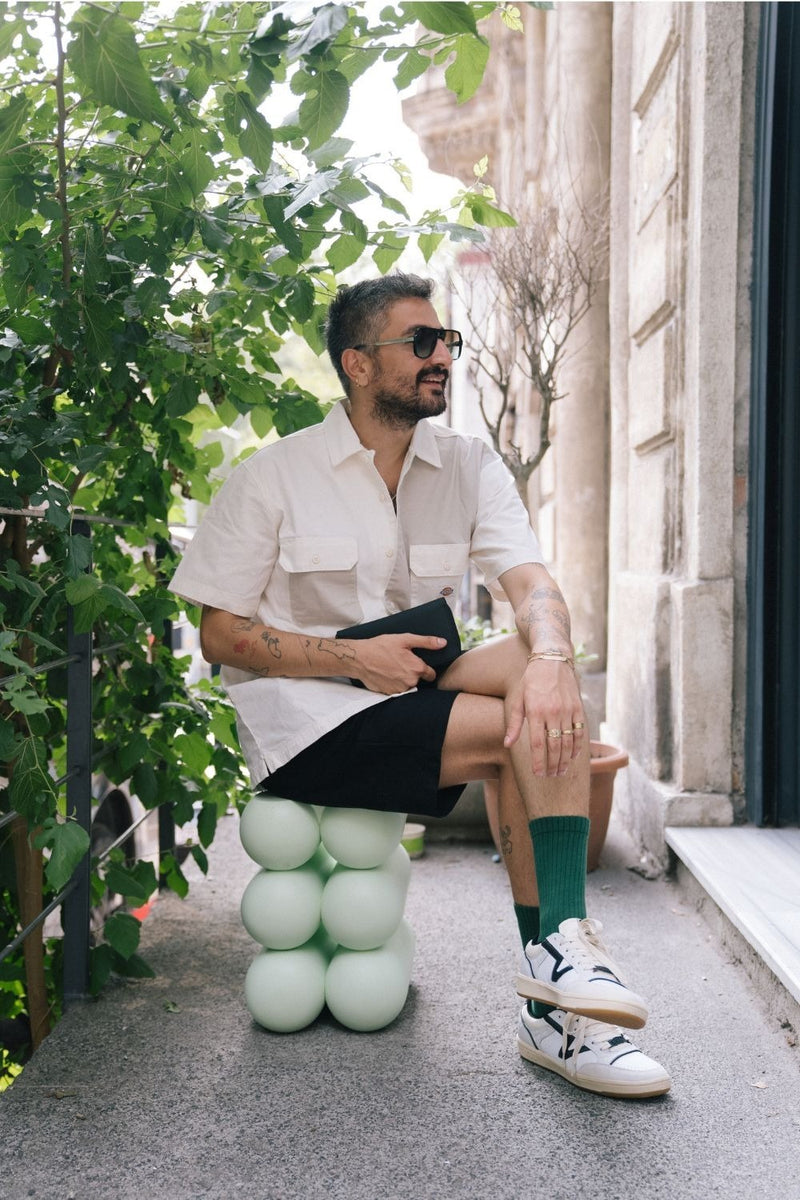
Huo Rf, welcome to Good People of vitruta! Our first question is always the same: Who is Huo Rf? How did it all begin, how is it going, and what are you up to these days?
Thank you! I don't remember exactly where or in what conversation I mentioned it, but whenever I share my personal story with someone close, I always talk about being like a snowdrop blooming in the snow. :) I studied painting at the Fine Arts High School in Mersin, which I still remember fondly, and then continued in the same field at Balıkesir Fine Arts Faculty. In 2010, I emailed Taner Ceylan asking to be his assistant. I came to the job interview and made a fast entry into the Istanbul art scene. To summarize, I am an artist working in the field of visual arts. In my artistic practice, I reflect on identity politics, the relationships we form with spaces, and cultural norms, raising questions about them. Collaborative work is important to me in my creative process, especially in the art books I produce, where I think and create together with different art professionals. Lately, I've been quite busy with publications I've been part of for a long time, the book I want to publish alongside my upcoming exhibition, and my solo exhibition happening in November.

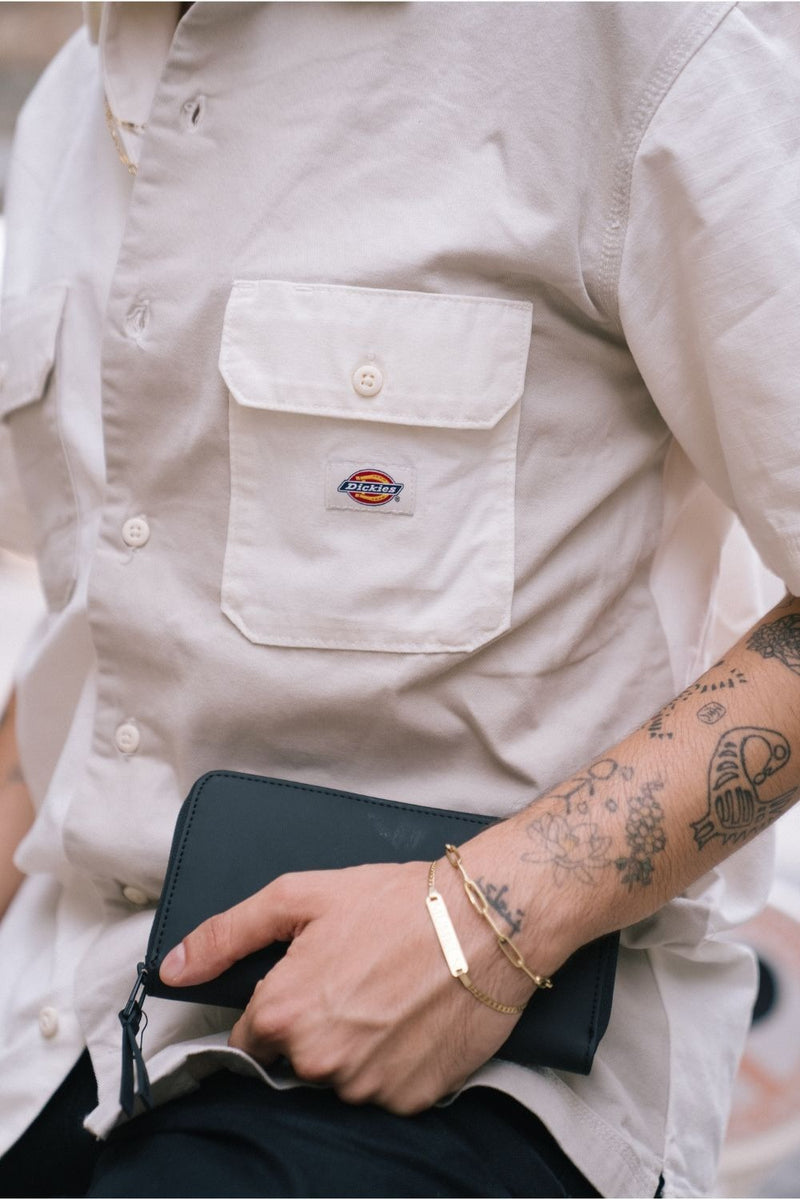

How did you first get into the field of art? What were the elements that influenced you the most in the beginning?
It might sound like a cliché, but it’s true—my middle school art teacher told me about Mersin Nevit Kodallı Fine Arts High School. I didn’t know about it at the time, but I went and visited the school. It was small but rich in culture and creativity. From the moment I visited, my dream became to study high school there. I prepared for the talent exams, took them, and got in. I have such fond memories of my high school years, and I still keep in touch with my high school friends. Although my university didn’t offer as rich of an environment as high school, I worked hard to continue developing and had the opportunity to work closely with my professors.
Looking back, I think my mom put in the most effort. Even though we didn’t grow up in a financially well-off family, my mom was always supportive of me studying fine arts. She enjoyed my pursuit of art, and we shared this journey together, even producing art as a team at times. I’ll never forget the time she took my sculpture to a competition by bus, traveling to another city, because the courier wouldn’t take it. Producing and continuing in the cultural and artistic field in Turkey is extremely difficult, both economically and mentally. It becomes even harder without family or community support. I can say that all my experiences have given me a reason to show resilience.
You've previously had your works exhibited in group shows as well as held five solo exhibitions. We know you’re working on a new solo exhibition right now. What would you like to share about this upcoming show? What can art lovers who are familiar with your previous work expect in this new exhibition?
My new exhibition focuses on a series I started in 2019 titled “…person / action / situation…”. This series examines the concept of “shame” through the experiences of figures from the cultural and artistic world. In 2019, I applied for and was accepted to the Summer Residency program held by the American Turkish Society & School of Visual Arts New York, where I spent five weeks in New York. With guidance from mentors Dara Birnbaum, William Powhida, and Media Farzin, I had the opportunity to reflect on and work around the concept of shame.
Then, in 2021, I participated in an artist residency program through a collaboration between Fondazione Morra and the Turkey One Association in Naples, where I continued exploring this concept and discussing how it permeates our lives. In early 2022, I participated in a group exhibition at the Erimtan Museum, curated by Derya Yücel, where I was able to exhibit a large portion of this series.
Over the past two months, I’ve also directed my questions about shame to my close circle and collaborators. The new book I’m working on is centered around keywords that emerged from this concept. Reflecting on the determining role shame plays in our lives and even in who we are hasn’t been an easy process. However, I believe the people involved in this process have provided valuable contributions, offering perspectives from various ages, economic backgrounds, and sociological positions. Personally, I find it very powerful when the production process of a piece deepens and transforms my own understanding of a topic and my relationships with others.
My exhibition will be held in November at Vision Art Gallery, where I’m represented and with whom I closely collaborate.

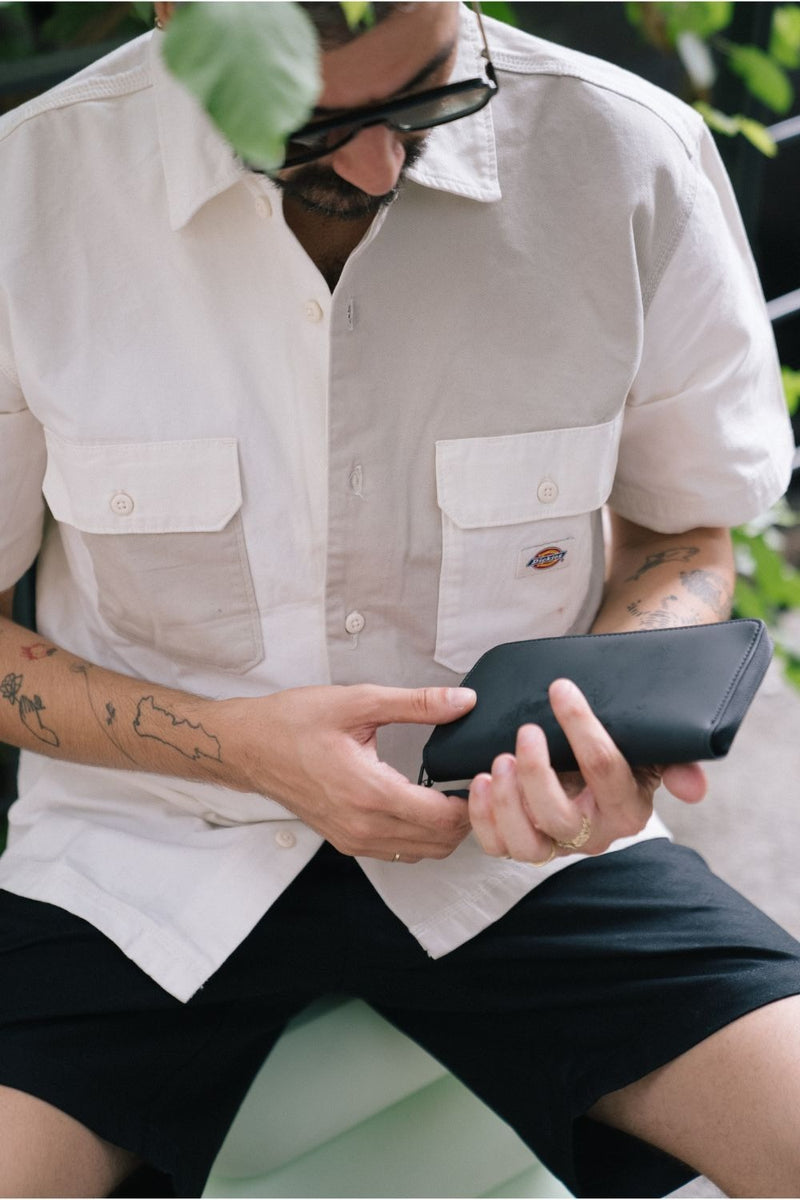
In addition to your identity as an artist, you also have an entrepreneurial side. Would you like to share how border_less, which you co-founded with your dear friend Melek Gençer, came to be?
Melek and I are very close friends. Our friendship began when we were colleagues, working together at Rampa Gallery. Besides being my friend and partner, Melek is also one of my most cherished collectors—I think she has a piece from every one of my series in her collection. She’s been there for me through most of the challenges I’ve faced in book production, supporting me and offering her expertise as a true cultural and arts professional. These shared experiences, challenges, and our collective thought process paved the way for the creation of our project, the establishment of our company, and the development of its branches. In 2018, we founded border_less as a platform to share texts and interviews aimed at the global culture and arts industry, publishing in both English and Turkish. In 2019, we began organizing border_less ARTBOOK DAYS, which is now the largest artist and art book event in Turkey. Alongside this, since 2019, we’ve also been organizing the border_less artist book fund parallel to the book event. Since 2021, we’ve been working on a project that we truly enjoy, border_less EDITIONS, where we collaborate with artists to create limited edition works. We handle the promotion and announcement of these pieces through social media and mailing, and at the end of the year, we bring the entire series to the audience in a physical pop-up exhibition. We’ve had the chance to showcase these exhibitions at venues like Öktem Aykut Gallery, Sanatorium, and İmalat-hane in Bursa. These exhibitions bring us closer to the gallery practice and enrich our experience in the field.


In fact, you didn’t stop at just this platform; you also brought border_less ARTBOOK DAYS, which we, as the vitruta team, visited and loved during its fifth edition this past May, to Istanbul’s cultural and art scene. How did this idea start and grow into what it is today?
Artist books have always been objects through which I could read and explore an artist’s mind, experiences, and practices. An artist book represents the materialization of an idea that the artist wants to produce, taking shape through various printing techniques. For me personally, it’s the most meaningful and accurate way of collaborative production. Unfortunately, in Turkey, the costs of printing—especially due to economic instability and fluctuating exchange rates—are incredibly challenging. Producing a book involves not only the time and effort of those we invite to collaborate but also significant expenses related to printing and design. All of these factors turn into substantial costs, and it’s often difficult to find economic returns. The border_less Book Fund and border_less ARTBOOK DAYS emerged from recognizing these challenges and the need to bring together individuals and institutions working in this field while contributing to the continuity of these productions. Our event, which focuses on artist and art books, has also facilitated the formation of incredibly strong and meaningful relationships. Looking ahead to next year, we aim to grow even further, connecting with more participants and audiences.
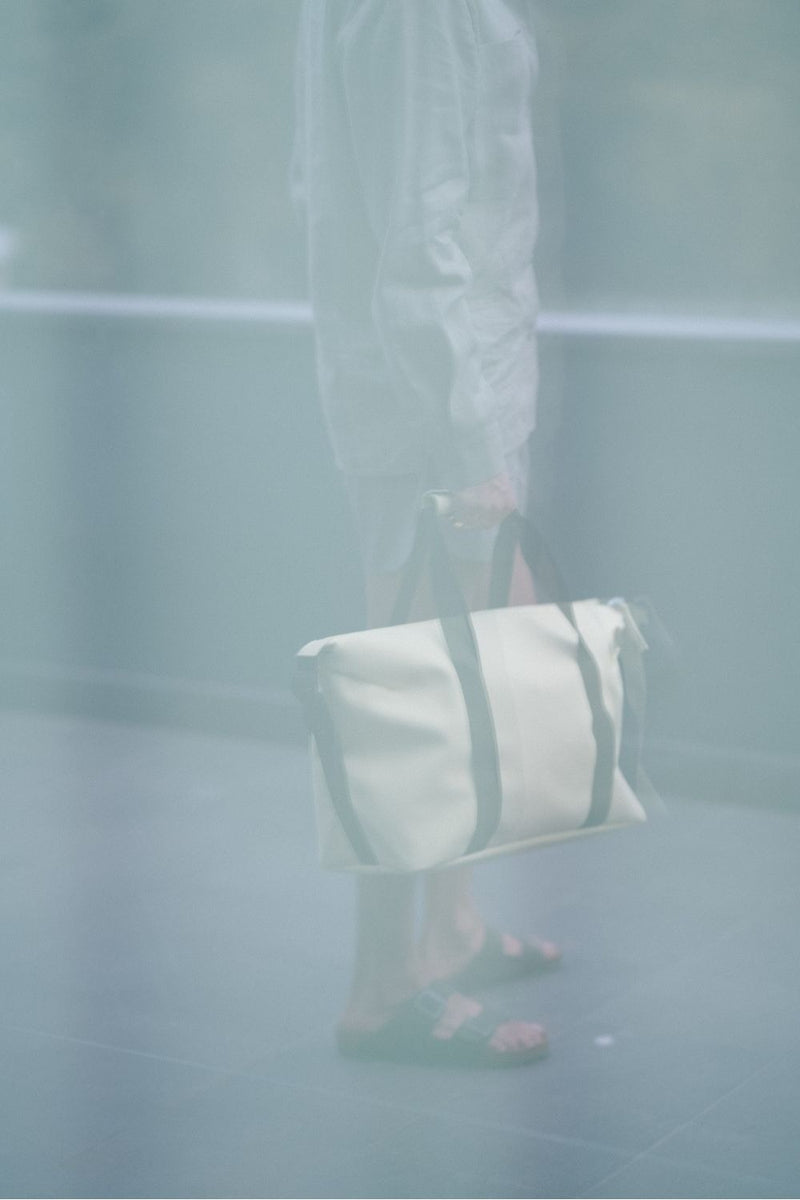

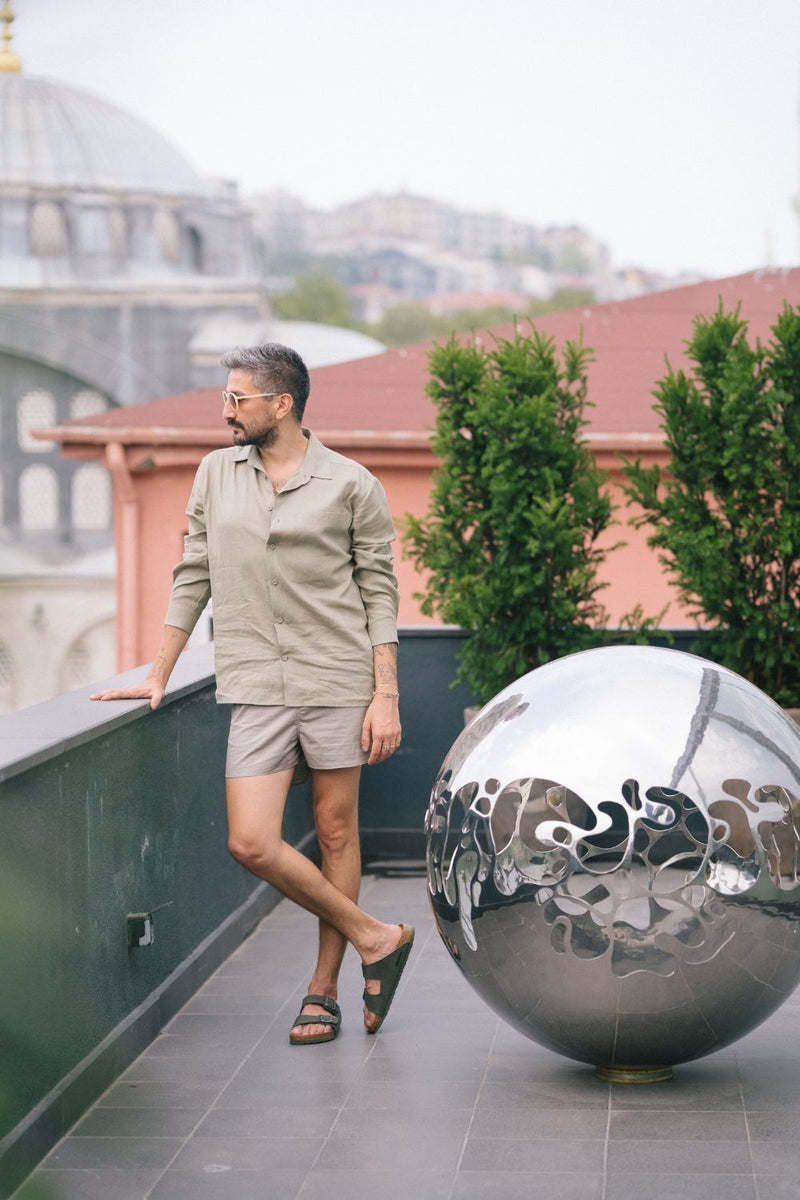
Aside from your own exhibition, what are some of the exhibitions you’re most excited about in the upcoming season? We’d love to add them to our list based on your recommendations.
I'm really looking forward to Hüseyin Bahri Alptekin's exhibition at Galerist, curated by Pelin Uran. I also have high expectations for the Venice Biennale, as I believe it will be exceptional this year. Adriano Pedrosa, one of the curators of the 12th Istanbul Biennial, is curating the 60th Venice Biennale. In the Turkey Pavilion, one of my favorite artists, Gülsün Karamustafa, with whom I’ve had the chance to work, will be featured. Additionally, my friend Panos Giannikopoulos is part of the curatorial team for the Greece Pavilion, which makes the event even more exciting. In 2024, the Mardin Biennial, curated by Ali Akay, is a must-see on my calendar. I’m also eagerly anticipating the 2024 Istanbul Biennial, curated by Iwona Blazwick.
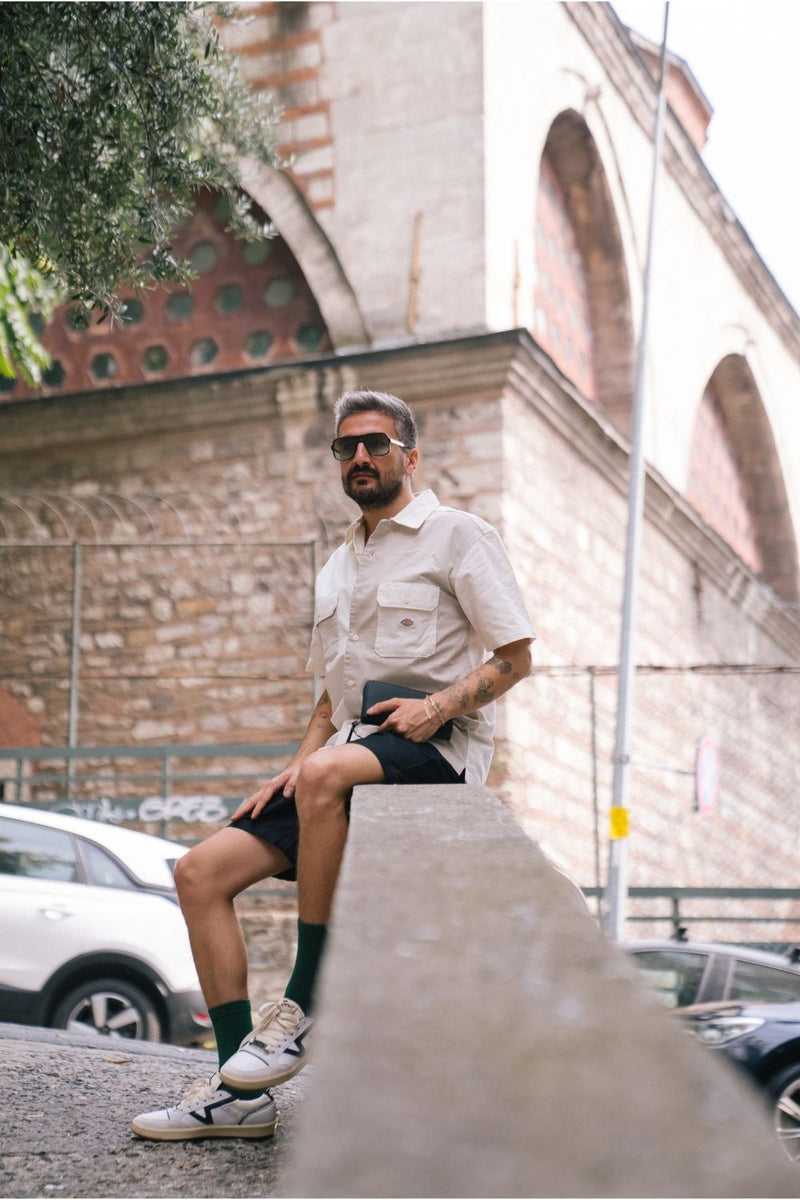
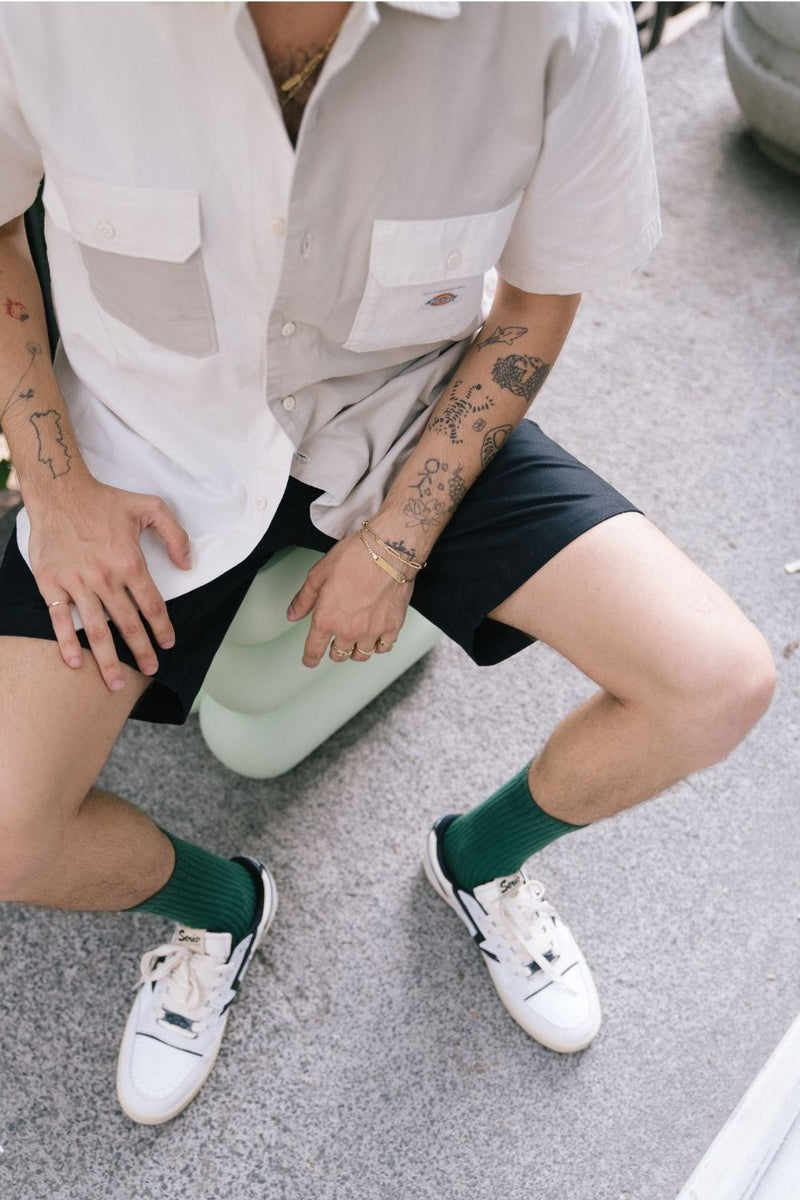
And the last question is related to us. What are your favorite brands at vitruta?
First of all, I really love your spaces, their energy, and your team. I always feel great whenever I visit. I think it’s probably due to the season, but lately, I’ve been obsessed with CHIMI sunglasses. Bil's has always held a special place for me, so without hesitation, Bil's is my top priority. I’ve also always loved your RAINS and Eastpak bags, and of course, the timeless cuts of your Dickies collection are among my favorites too.
You can click here to see the products styled by Melis Güven and selected and used by Huo Rf in the shoot.